Sealife Spotlight: 38 Dolphin Facts You Didn’t Know
Dolphins need little introduction. Their superior intelligence, playful and curious antics, and seemingly permanent smile have endeared them to humans throughout the ages. Dolphin interactions with humans have been recorded as far back as 300 BC.
Don’t forget to celebrate WORLD DOLPHIN DAY which is every April 14th!

They are famous for coming to man’s rescue in times of need. They are self-aware and have a spirit unparalleled in the ocean. Being mammals, they share more in behavior with humans than most other sea life.
Let’s take a look at some fascinating dolphin facts and see what makes them truly special:
History and Scientific Background
- Dolphins are part of the family of whales that includes orcas and pilot whales. Killer whales are actually dolphins.
- Dolphins are divided into two distinct family groups. The larger, more common group is the Delphinidae family, which are salt-water dolphins, making up 38 species. The smaller group is the Platanistidae family, which are freshwater dolphins, making up 5 species.
- Dolphins, porpoises, and whales are all mammals called cetaceans, which is from the Greek word meaning “sea monster.
- The killer whale is the largest dolphin (true whales don’t have teeth but sift their prey through plates of baleen). The smallest dolphin is the Hector’s or Maui’s dolphin, of which only 150 are left today.
- Carved images of dolphins have been found in the ancient desert city of Petra, Jordan dating back to 312 BC.
- If you killed a dolphin during Ancient Greek times, it was considered sacrilegious and punishable by death. The Greeks called Dolphins ‘hieros ichthys’ which means sacred fish.
- Though the average lifespan of dolphins is about 17 years, some can live up to 50 years!

Behavior
- Dolphins need to come to the surface of the water to breathe. Unlike land mammals that breathe and eat through their mouths, dolphins only eat through their mouths and only breathe through their blowholes. This prevents the dolphin from sucking up water when hunting, reducing the risk of drowning.
- Dolphins must tell themselves when to breathe, it is not involuntary like it is for humans.
- When they are asleep, one part of their brain remains alert and awake. This keeps them safe from potential predators, and enables them to breathe while sleeping. They must sleep at the surface of the water with their blowholes exposed.
- Dolphins typically do not live alone, but together in groups called schools or pods that can reach 1,000 members or larger. They lead a complex social structure, hunt and play together and have a wide range of emotions, including humor.
- Dolphins are carnivores. Fish, squid and crustaceans are staple parts of their diet. A 260-pound dolphin eats about 33 pounds of fish a day just to maintain their energy, which is like a human eating 15 to 22 pounds of steak per day.
- Some dolphins can swim up to 30 miles (48.3 km) per hour and some can dive as deep as 1,500 feet, but most usually stay within 250 feet of the surface to breathe.
- Dolphins can and will migrate if their food source becomes limited. Even though they are not migratory animals, they will move to places where they have enough food and water conditions are suitable.
- Dolphins have learned to use tools like other intelligent animals. They have been observed using broken sea sponges to protect their noses while they forage for food.
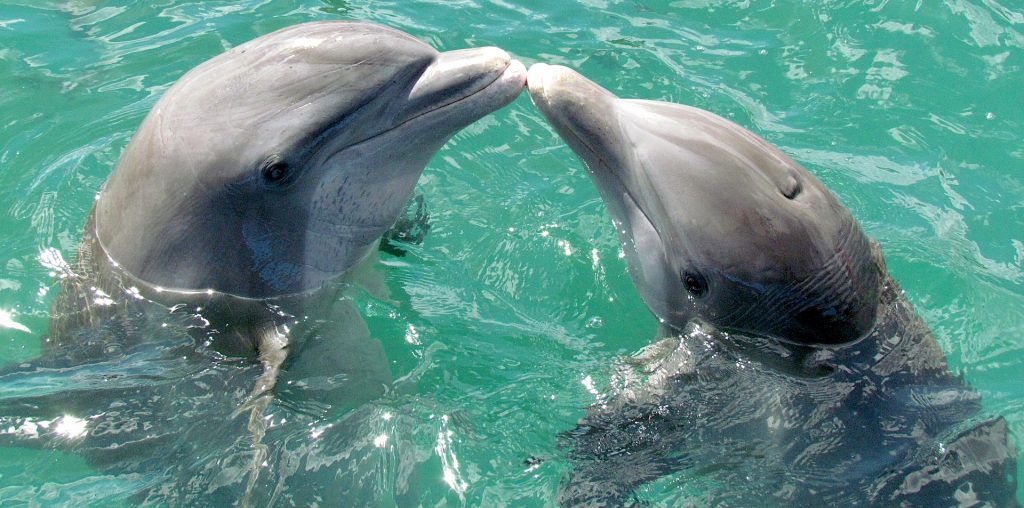
Reproduction
- Dolphins are mammals and therefore give live birth. Depending on the species, gestation can take 9 to 17 months.
- They give birth to their babies (called calves) tail first, the only animal to do so. This is so the baby dolphin does not drown. The mother breaks the umbilical cord by swiftly swimming away, and then immediately returning to take the baby to the surface to breathe. Because of the umbilical cord, Dolphins actually have belly buttons!
- A female dolphin will assist in the birth of another’s baby dolphin, and if it is a difficult birth, the “midwife” might help pull out the baby. Other dolphins, including bulls, will swim around the mother during birth to protect her.
- After birth, dolphins are surprisingly maternal. They have been observed nestling and cuddling their young. Dolphin calves nurse for up to two years. A baby dolphin must learn to hold its breath while nursing. Calves stay with the mothers anywhere from three to eight years
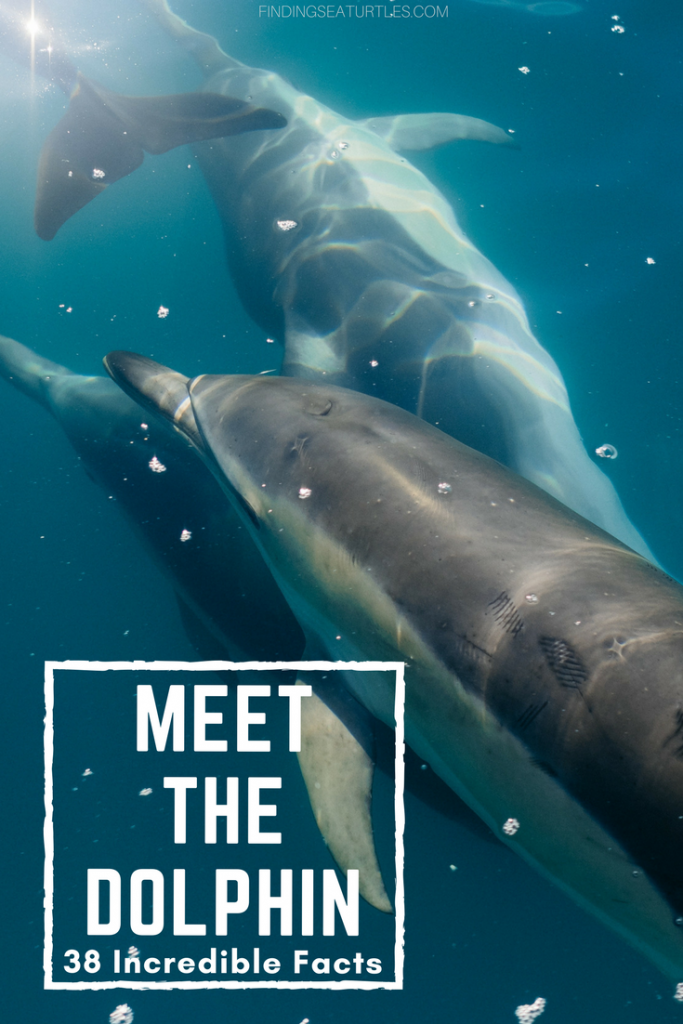
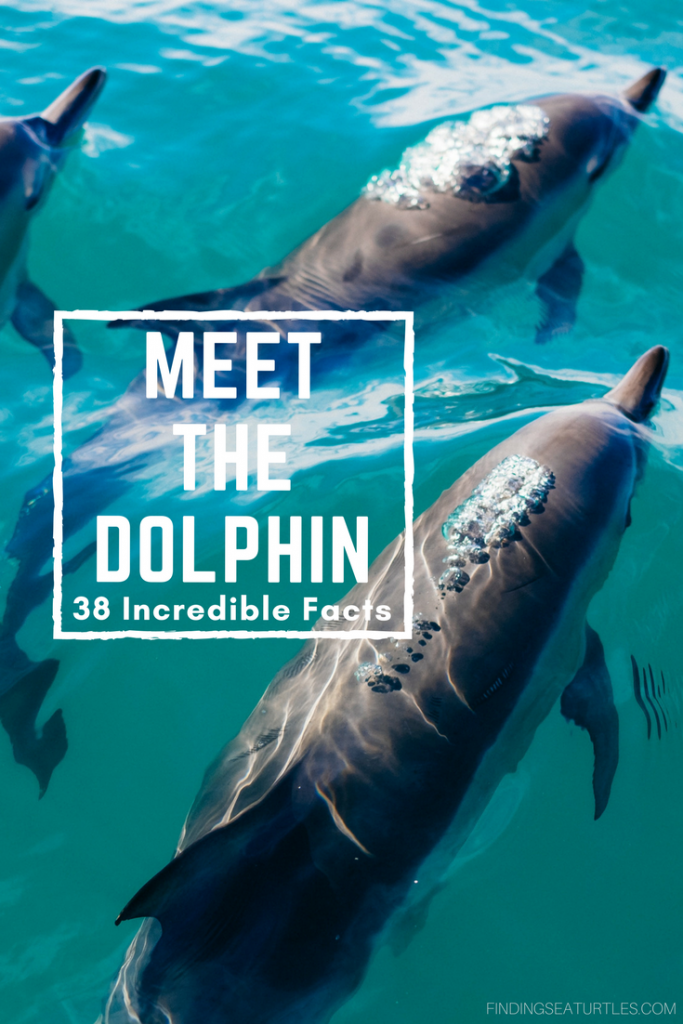
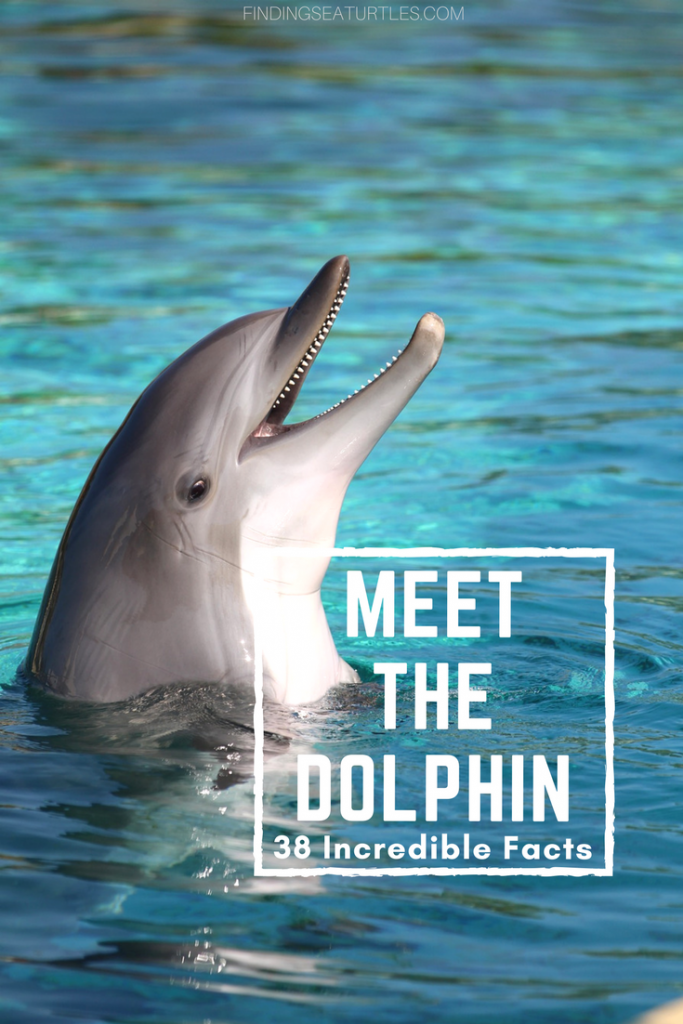
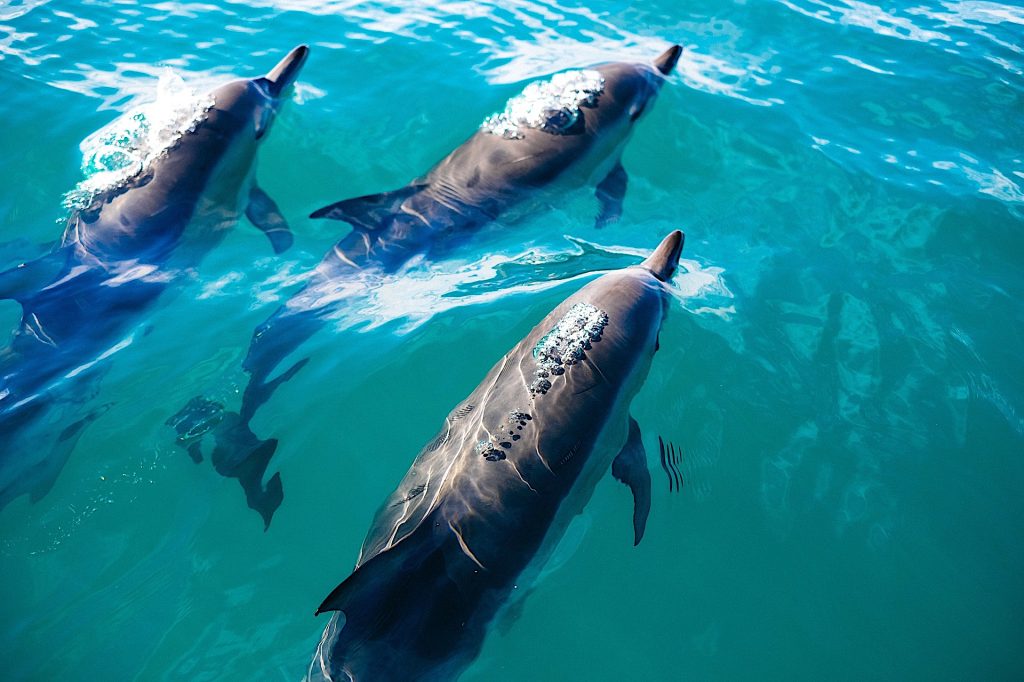
Communication and Echolocation
- Dolphins possess echolocation which means they can “see” with sound, similar to sonar that is used by Naval submarines to detect other ships in the water. Dolphins use their tell-tale clicks which travel long distances and bounce off of objects. This allows them to know how far away the object is and the shape, density, movement and texture of it. Dolphin echolocation is tops in nature (better than bats) and superior to man-made sonar. With echolocation, dolphins can distinguish between two steel balls, one that is 2½ inches in diameter and one that is 2¼ inches in diameter.
- A dolphin can make about 700 clicking sounds per second. The clicks come from deep inside the dolphin’s head, underneath the blowhole. Scientists call this area the “monkey lips.”
- A dolphin can produce whistles for communication and clicks for sonar at the same time, which would be like a human speaking in two voices, with two different pitches, holding two different conversations.
- It has been proven that dolphins actually give each other names. They develop their own individual whistles and they recognize theirs and other dolphins’ names. Even if the tone of the specific whistle-call is changed, the dolphins still recognize it as their name.
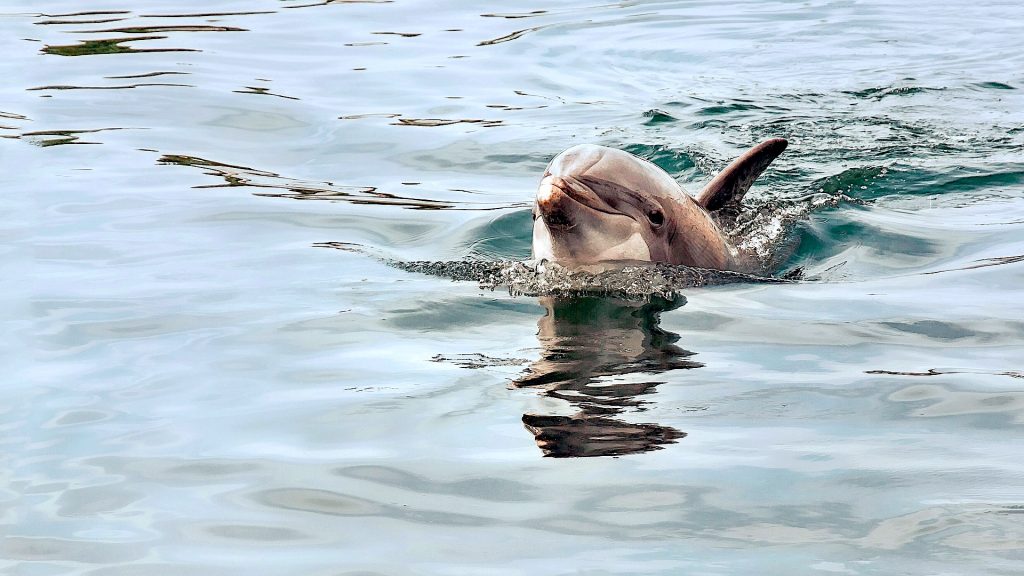
Anatomy
- Unlike a fish, which moves its tail from side to side, a dolphin swims by moving its tail (made up of flukes) up and down.
- Dolphins have two stomachs, One is used for storage of food and the other is used for digestion.
- Dolphins get their water from the foods they eat, so they don’t drink. They have the same reaction to drinking salt water as humans do: the salt would dry them out until they died of dehydration.
- Dolphins don’t have a sense of smell, but they do have a sense of taste and, like humans, can distinguish between sweet, sour, bitter, and salty tastes.
- The bulging part of a dolphin’s head contains an organ called the melon, which is filled with liquid fat. It acts as a lens, which focuses the dolphin’s clicks into a narrow beam of sound.
- The dolphin brain is even more “folded” than humans’ and was this way millions of years before the first appearance of humans. Scientists often measure intelligence by the number of brain “folds.” And dolphins rank only number two behind humans in terms of brain size-to-body ratio!
- Giraffes, humans, and dolphins all have seven vertebrae in their neck. Saltwater dolphins have at least their first two neck vertebrae fused, which allows them to torpedo through the water at high speeds. River dolphins must be able to twist around river bends, so their vertebrae are not fused.
- Dolphins can move each eye independently. They can move each eye up, down, forward, and backward, giving them nearly 360 degrees of vision
- The blowhole of a dolphin is actually an adapted nose which has moved to the top of its head. Air can be expelled from a dolphin’s blowhole at speeds topping 100 mph
- A dolphin’s blood carries more oxygen than a fish and can swim longer, giving the notion that dolphins are actually better adapted to the sea than any fish.
- It has been researched that dolphins are “re-entrants” and actually lived on land before adapting to the water. When studying their fins, scientists have found that they are actually formed like legs and toes and have remnants of these bones.
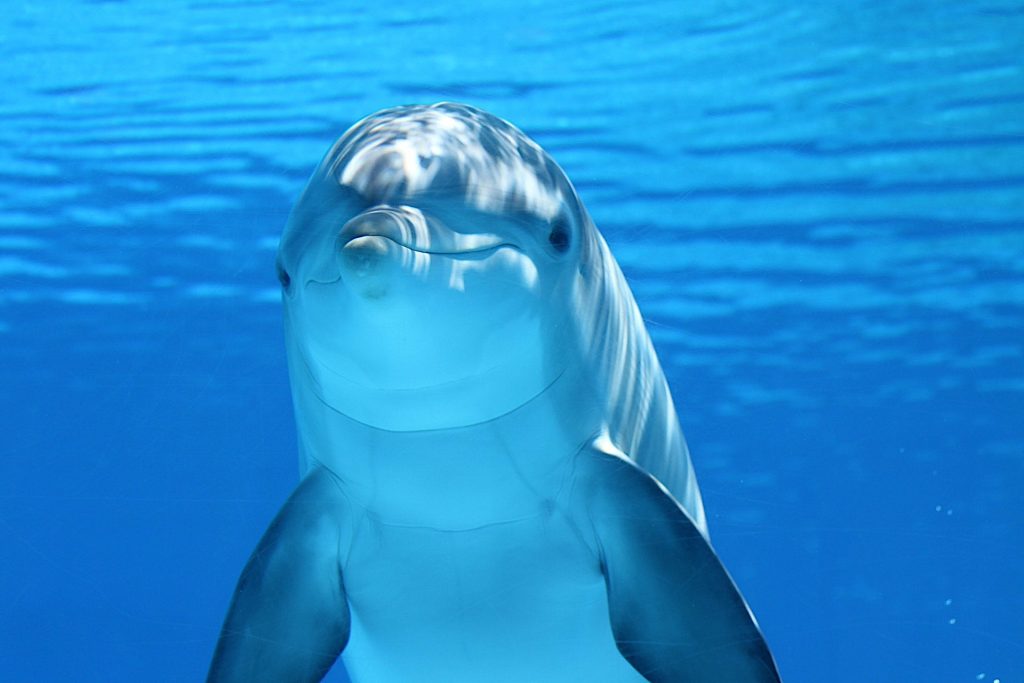
Conservation
- The U.S. Marine Mammal Protection Act (MMPA) protects dolphins as well as all marine mammals, including whales, porpoises, seals, sea lions), manatees, sea otters and polar bears within the waters of the United States. The Act makes it illegal to “take” marine mammals without a permit. This means people may not harass, feed, hunt, capture, collect, or kill any marine mammal or part of a marine mammal.
- Dolphins have few natural predators or enemies. Dolphins can actually kill sharks with their noses and can circle them as a group to coordinate an attack. Unfortunately, humans are the dolphin’s greatest threat.
- In 2006, the long-nosed Baiji river dolphin species found only in the Yangtze River in China was named functionally extinct.
- Despite how good dolphins’ sonar is, it does not seem to be able protect them from the fine threads of fishing nets, and millions of dolphins have drowned as a result of becoming entangled.
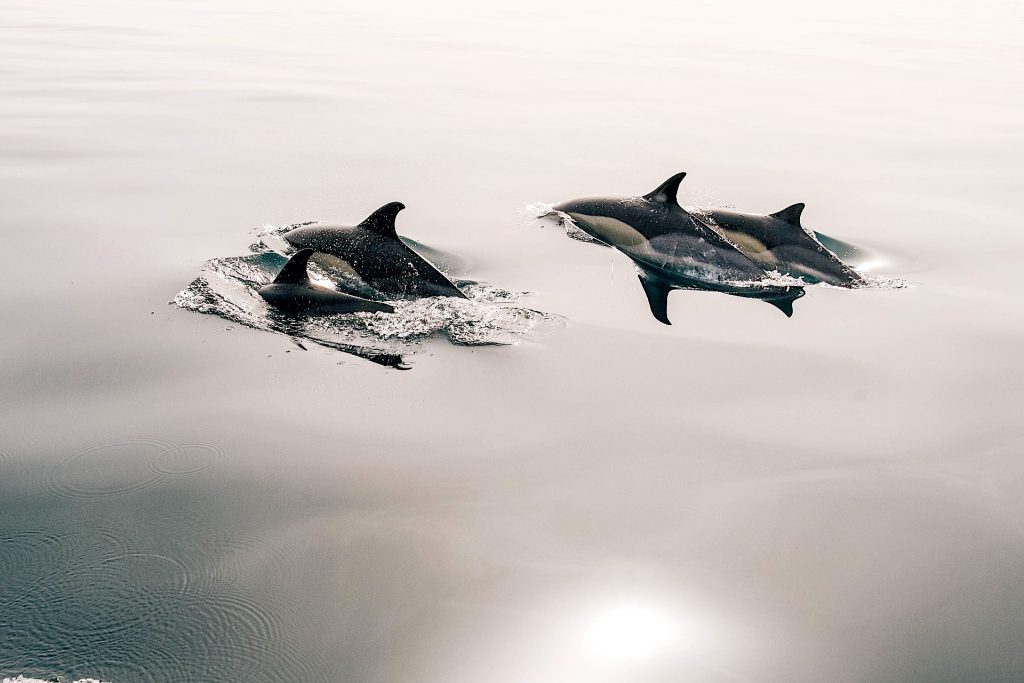
We hope you’ve learned something new about our beloved friend, the dolphin. They are truly empathetic animals that share many behaviors and abilities with us.
If you love the dolphin as much as we do and would like to find some interesting ways to incorporate dolphins in your coastal home decor, check out some interesting dolphin decorative accents we found.
And if you’re interested in learning some interesting facts about other sea life, check out our other posts in the Sealife Spotlight series:

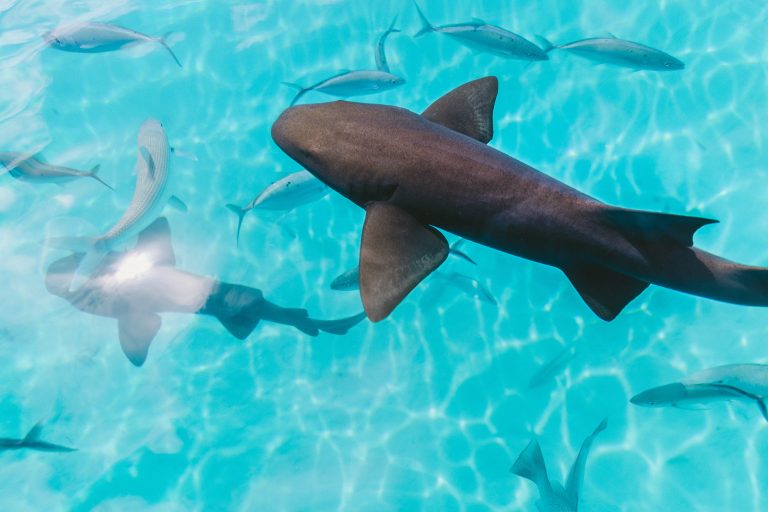
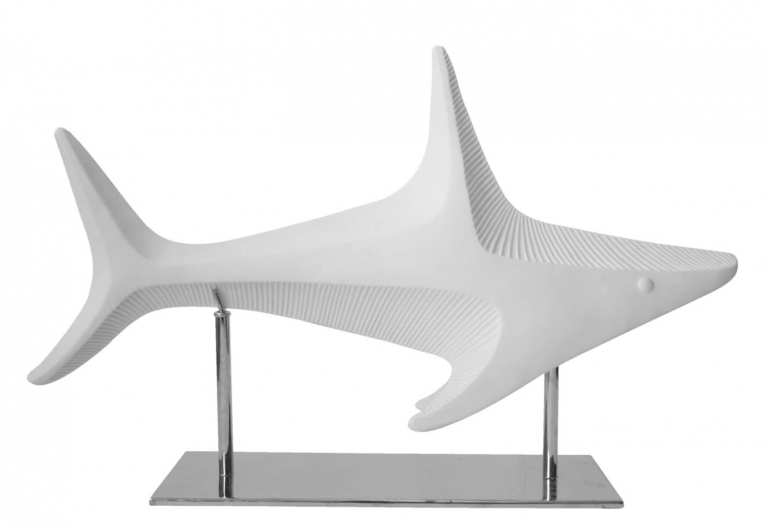
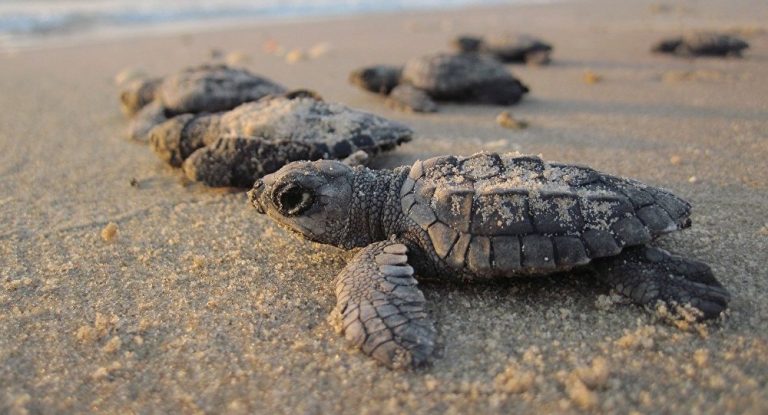
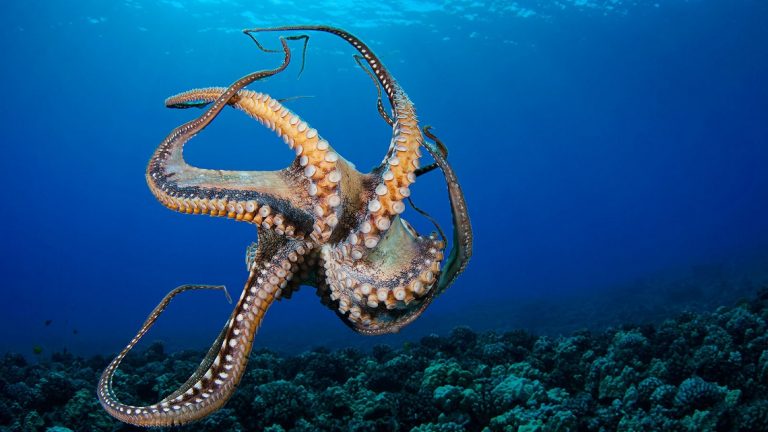
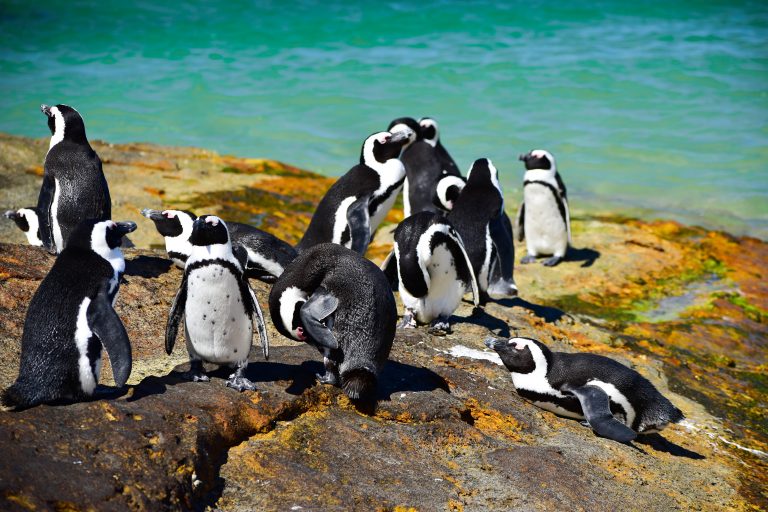

I Love Dolphins and have loved them for about 15 yrs now. My life dream is to swim with one. But I’ve red in arrivals on Dolphins that it could be dangerous specially the ones in the wild.. I haven’t red anything about Captivity dolphins and being really dangerous to swim with. My whole thout of swimming with dolphins has been with a captive dolphin not a wild dolphin. So if I ever did do this it’ll be with one that at an Aquarian like Sea World. I’ve learn Skittle more about dolphin in your article here and it’s always nice to learn about the dolphins..so I Thank You for have this out for me to learn..Thank You and Good Luck with the Work you do on Sea life animals.. sign Caryl McCarley